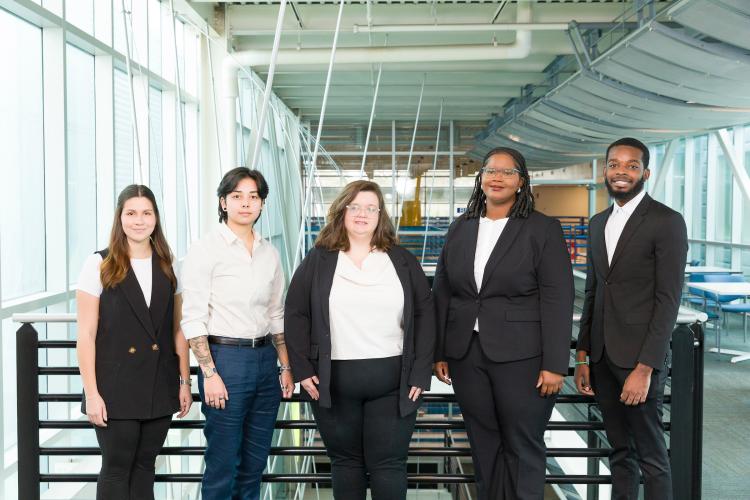
Bioluminescent bacteria, like Vibrio fischeri, can glow on their own. Fluorescence happens when something absorbs energy and then emits light. This light has potential uses in environmental research and covert operations. However, existing methods to activate bacterial fluorescence were either too harsh or used too much energy. We aimed to build a device that could trigger fluorescence in a simple and safe way. Our project laid the groundwork for further research on these bacteria.
Our device uses a piezoelectric crystal, which created an electric field when we applied pressure. We applied this pressure using a DC motor powered by lithium batteries and controlled using an Arduino UNO microcontroller. To improve the electric field’s effect, we placed the bacteria in a saline solution. The electric field generated by our device stimulated the bacteria, causing them to produce light and glow.
Our project is an early step toward creating better ways to use glowing bacteria for tracking and sensing. By focusing on non-invasive activation, we provide a safe and energy-efficient solution. Our project aids future research in fluorescence-based sensing and marine tracking systems.
Stephanie Dumanoir, Oriana Matney, Bailey Miller, Lachondeia Thomas, Wilgens Petitfrere
Simon Foo, Ph.D., Jilian Pope, Ph.D., Jesse Edwards, Ph.D.
FAMU-FSU College of Engineering
Spring
